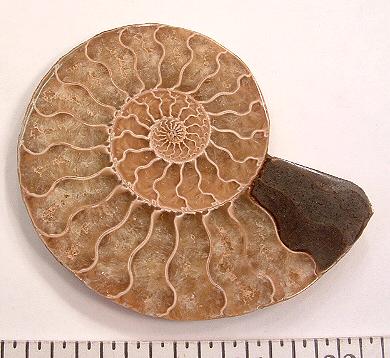Relatively well-preserved DNA - and can be decoded and replicated - is found in ancient bones. This discovery by Weizmann Institute of Science scientists, in collaboration with scientists from Tel Aviv University and Harvard, was recently published in the scientific journal PNAS.
Avi Blizovsky

Relatively well-preserved genetic material, DNA - and can be decoded and replicated - is found in ancient bones. This discovery by Weizmann Institute of Science scientists, who worked in collaboration with scientists from Tel Aviv University and Harvard University, was recently published in the scientific journal "Records of the American Academy of Sciences" PNAS.
DNA found in fossils may provide valuable information about evolution, population dynamics, migrations, dietary patterns, and diseases suffered by animals and humans. The problem is that, unfortunately, the genetic material found in fossils is not well preserved, or it is mixed with DNA from more advanced periods. In a recent study, a way to overcome these problems was found.
The current research is based on a discovery by Prof. Steve Weiner from the Department of Structural Biology at the Weizmann Institute of Science. About 20 years ago he first reported the existence of lumps of crystals in the bones. Even when these bones are ground and a substance is added to the powder that removes any organic material (such as DNA or collagen), the crystal blocks remain intact and organic materials trapped in the spaces between the crystals are not damaged. Recently, Prof. Weiner and research student Michal Salomon from the Kimmel Center for Scientific Archeology at the Weizmann Institute of Science decided to go back and check if ancient DNA is also found in the spaces between the crystals - and well preserved.
Together with Prof. Baruch Arensberg from Tel Aviv University and Norin Toros from Harvard University, they initially handled bones from two modern animals and six fossils (from the Roman, Chalcolithic and Neolithic periods). They found that it is indeed possible to extract DNA from the spaces between the crystals in these bones, and that they actually contain longer, better-preserved strands of DNA compared to what can be found in untreated bone. This method also reduces the possibility of the ancient genetic material mixing with genetic material from more advanced periods. So, in fact, the crystals found in the bone serve as a kind of genetic messages from the past. The possibility of deciphering, investigating and understanding these messages may lead to new discoveries about the past of humans and animals, and about the nature of the world in ancient times.

One response
As if it were a small and unimportant piece of information
You will teach him a lot